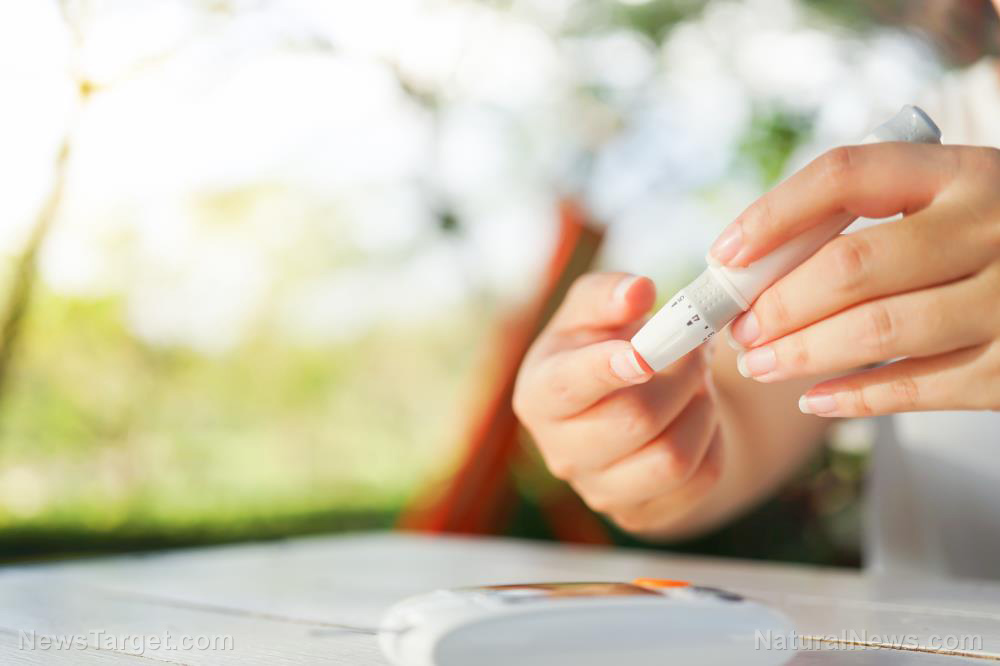Diabetes TECH? MIT invents a “smart pill” that may replace those painful insulin injections
09/26/2019 / By Edsel Cook

The painful days of injections several times a day for people with diabetes may be coming to an end. MIT researchers recently developed a “smart pill” that functions like a miniaturized injection.
The oddly shaped capsule serves as the container for a tiny needle of freeze-dried insulin and a coiled spring. A disk made of sugar keeps the setup primed for firing.
Upon arriving in the stomach, the sugar-based disk dissolves in the liquid. The freed spring fires the needle into the digestive organ, delivering its payload of insulin into the body.
Researchers from Brigham and Women’s Hospital (BWH) and the Massachusetts Institute of Technology (MIT) jointly invented the insulin pill. They believed that their new approach causes significantly less pain to diabetics, making it easier to take multiple times a day. A pill-based insulin injection is also more portable and costs less than a conventional injection. (Related: Supplementing with vitamin D found to help reduce insulin resistance in adults.)
A “smart pill” that adjusts its position to ensure it delivers insulin into the stomach
Diabetes stems from a shortage of insulin, the hormone that metabolizes glucose in the blood and brings it to cells that need energy. Either the pancreas contains a low number of insulin-producing beta cells, or the cells in question didn’t make enough of the important peptide.
Conventional diabetes treatment consists of injecting insulin into the body. The needle usually gets inserted in the stomach since this area is very sturdy.
“I’m a gastroenterologist and we often give injection in the stomach to treat ulcers or stop local bleeding,” explained BWH researcher Dr. C. Giovanni Traverso. “We recognize that the stomach is very tolerant of injections and there is a high tolerance in the GI tract of a sharp object.”
Traverso and his colleagues designed a pea-sized capsule made from biodegradable polymers and stainless steel. They drew inspiration from the distinct high-domed shape shared by the shell of the leopard tortoise and the Weeble-Wobble toy.
Both the Weeble toy and the tortoise can re-position themselves upright with ease after getting tipped over. Likewise, the similarly shaped pill can automatically orient itself so that the sugar disk part comes to rest upon the lining of the stomach. Even if the patient changes his or her stance right before the disk dissolves in the stomach, the MIT-designed capsule will adjust its position, ensuring that the aim of the needle stays true.
Finally, the researchers made the needle out of freeze-dried insulin. Traverso explained that they chose the solid form because compressing the hormone allowed them to fit a larger dose inside each capsule.
Instead of taking painful injections, diabetes patients can swallow capsules with tiny insulin needles
The BWH and MIT researchers first tested their new smart pill on pigs. They found that a single pill can deliver as much as 300 micrograms of insulin. They refined the design until they reached 5 mg, the typical dose taken by patients with Type 2 diabetes.
After the capsule delivered its insulin needle, it proceeded through the rest of the gastrointestinal system without causing any adverse effects. Even the stainless steel spring didn’t cause any trouble.
As of the time of this writing, the researchers are developing their insulin pill with the help of pharmaceutical manufacturer Novo Nordisk. They plan to conduct clinical trials on human volunteers within the next three years.
“We are really hopeful that this new type of capsule could someday help diabetic patients and perhaps anyone who requires therapies that can now only be given by injection or infusion,” said MIT researcher Dr. Robert Langer in a different interview.
Sources include:
Submit a correction >>
Tagged Under:
breakthrough, diabetes, diabetes treatments, injections, insulin, insulin capsule, insulin pill, insulin treatment, inventions, medical tech, smart pill
This article may contain statements that reflect the opinion of the author
RECENT NEWS & ARTICLES
COPYRIGHT © 2017 DIABETES SCIENCE NEWS





















